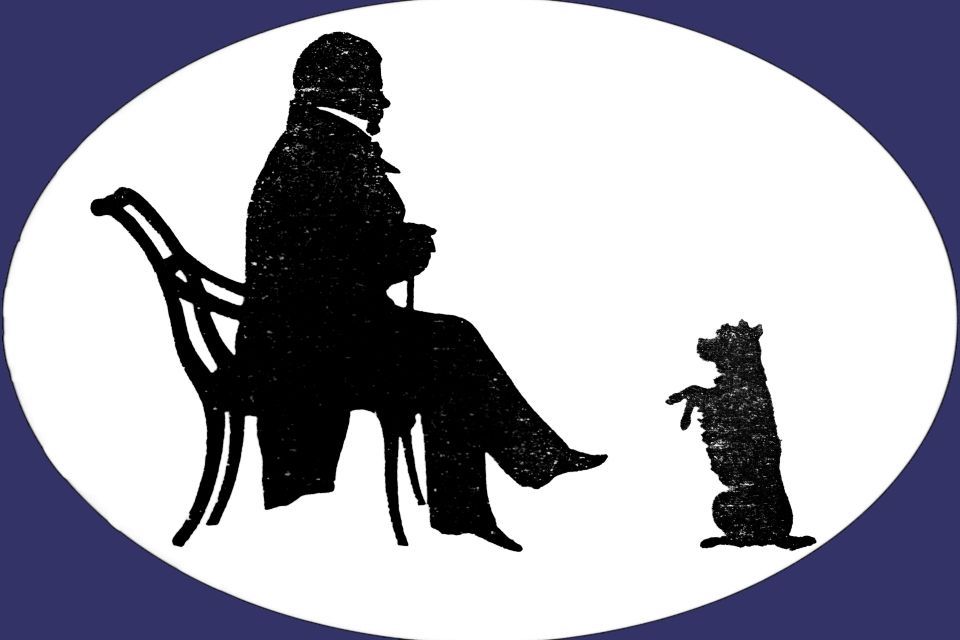Colloquium on Kenilworth
Saturday 21st August 2021
Summary of the Colloquium:
The event opened warmly, celebrating the first in-person gathering in two years. It featured two speakers:
- Professor J.H. Alexander, distinguished scholar and editor of Kenilworth for the Edinburgh Edition of the Waverley Novels.
- Lee A. Simpson, long-standing member of the Edinburgh Sir Walter Scott Club and passionate advocate for Scott’s work.
J.H. Alexander’s Talk
Alexander offered a meticulous literary analysis of Kenilworth, reflecting on its:
- Narrative control and structure.
- Thematic depth, especially the contrast between public splendour and private misery.
- Use of Shakespearean and Elizabethan motifs and language.
- Intricate, symbolically rich imagery (gold, birds, machinery).
- Strategic literary allusions, especially to Ben Jonson’s The New Inn and Langham’s letter on the Kenilworth entertainments.
- Emphasis on how Scott's motifs and character arcs feed into a tightly constructed tragic conclusion, likened to a “finely tuned machine.”
Alexander highlighted that although Kenilworth isn’t among Scott’s absolute masterpieces (Waverley, The Heart of Midlothian, etc.), it remains dramatically powerful and thematically coherent.
Lee A. Simpson’s Response
Lee's presentation took a more personal and emotional tone. He shared:
- His enduring friendship with the late Fraser Elgin, sparked and sustained through shared readings of Kenilworth.
- How their weekly meetings shaped his understanding of Scott and deepened his appreciation of language, even leading Fraser to tutor him in Latin.
- His admiration for Scott’s linguistic wit, pace, humour, and ability to portray characters with astonishing psychological realism.
- The novel’s accessibility, especially due to its fast-paced beginning and relative lack of dense historical preamble.
Lee praised Scott as a “genius like no other,” noting how his characters come alive through detailed and often humorous prose. He strongly recommended Kenilworth as a good starting point for new Scott readers.
Discussion and Q&A Highlights
- The novel was well-received in its time, praised for its dramatic focus and narrative control.
- Kenilworth is loosely based on historical events surrounding Amy Robsart, who died mysteriously—possibly murdered, possibly by accident.
- The character of Varney provoked questions: his decision to kill Amy was attributed to bitterness and personal ambition.
- Scott’s motivations for writing Kenilworth may have included a desire to create a companion piece to his portrayal of Mary, Queen of Scots in The Abbot, and his love of Elizabethan drama.
- The pacing, linguistic richness, and dramatic structure of the novel were commended.
Interesting Points
- Scott’s Control: Despite his usual free-flowing style, Kenilworth is unusually structured and thematically tight—perhaps due to his legal background or deliberate planning.
- Amy Robsart’s Death: The real historical mystery adds gravitas and depth to the fictionalised account, making Amy’s fate central to the novel’s emotional power.
- Imagery of Machinery and Performance: Scott’s recurring motifs of theatricality and mechanical imagery (especially in the depiction of Varney’s trap) underscore themes of manipulation, control, and tragic inevitability.
- Language as Entertainment: Both Alexander and Lee appreciated Scott’s playful yet precise use of language, with Lee especially drawn to the novel’s humour and rhythm.
Introduction by Professor Sir Iain R. Torrance:
Between 1968 until his retirement in 2001 Professor Alexander taught in the English Department at the University of Aberdeen. Sir Walter Scott has been his central research interest since his BLitt dissertation at Oxford on his poetry in the early sixties. He produced several studies of Scott, mostly on the poetry, before becoming involved with the Edinburgh Edition of the Waverley Novels as one of the general editors. He was the volume editor for Kenilworth which was one of the first three novels to appear, in 1993, and his work for the Edinburgh Edition continued up to the final two volumes with the Magnum introductions and notes in 2012.
In 2017 he published a general study, inspired by the Edinburgh Edition, with the title Scott’s Books: Reading the Waverley Novels. In recent years his main research has shifted in a southerly direction and he is currently one of the editorial team for the Oxford Edition of Charles Dickens.
Lee Simpson has been actively involved with the Edinburgh Sir Walter Scott Club for over 20 years. He has served as Co-Editor of the Annual Bulletin and Events Convener for over a decade. He has been the Treasurer since 2003 and he maintains the Club website and social media accounts.
There is, I think, nobody who has done more to help the Club and keep it going. Lee has done quite extraordinary work on the Club’s website and archives. Without his dedicated work we would have floundered during COVID. Instead, with online presentations, Lee has enabled the Club to flourish.
Lee is a self-employed Wedding DJ and Photographer and has worked at over 1000 Weddings under the stage name of "Lee Live" -- winning several awards in the process. He is married with two children and loves Jogging, Outdoor Swimming and Woodland Walks.


